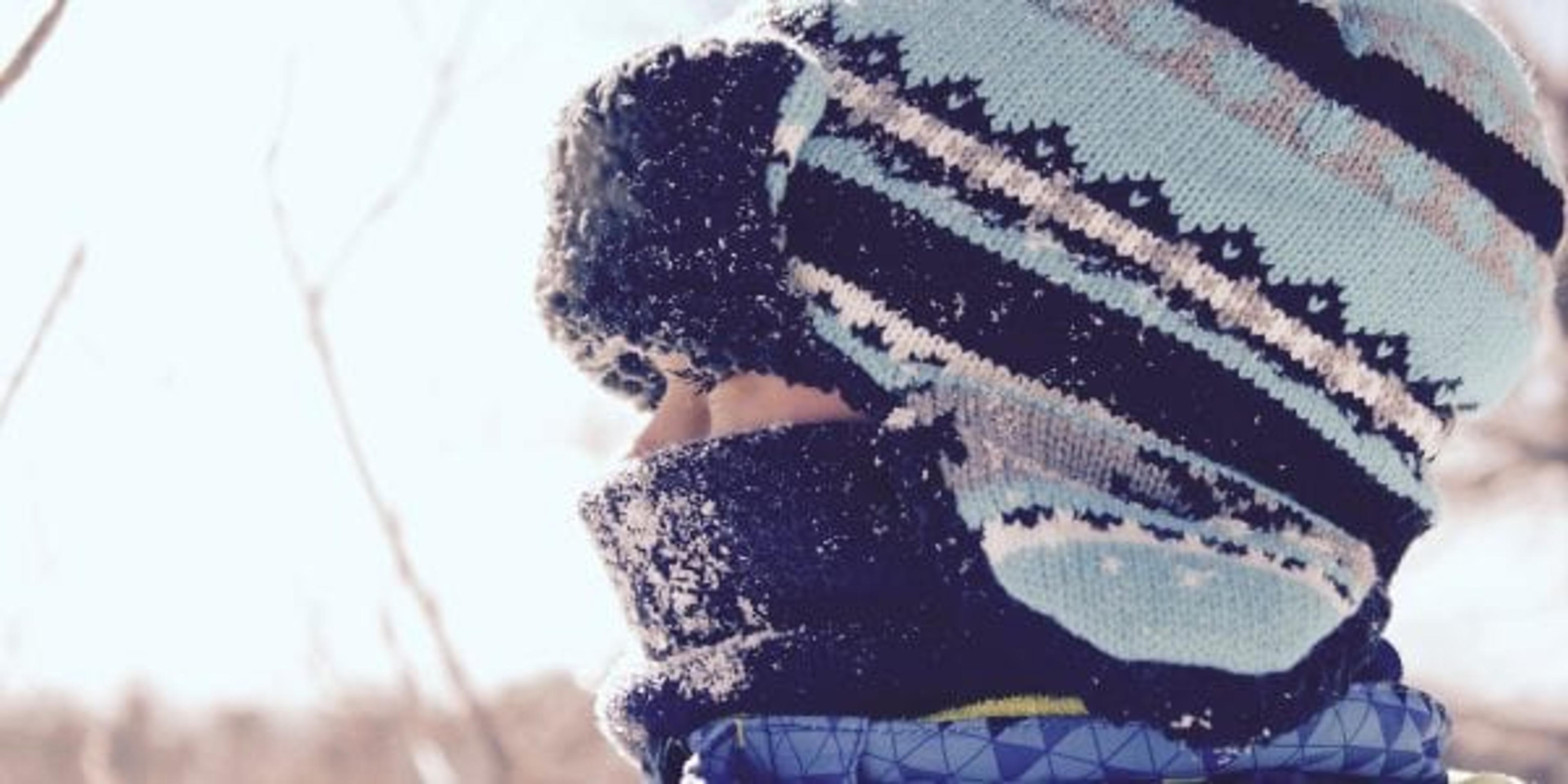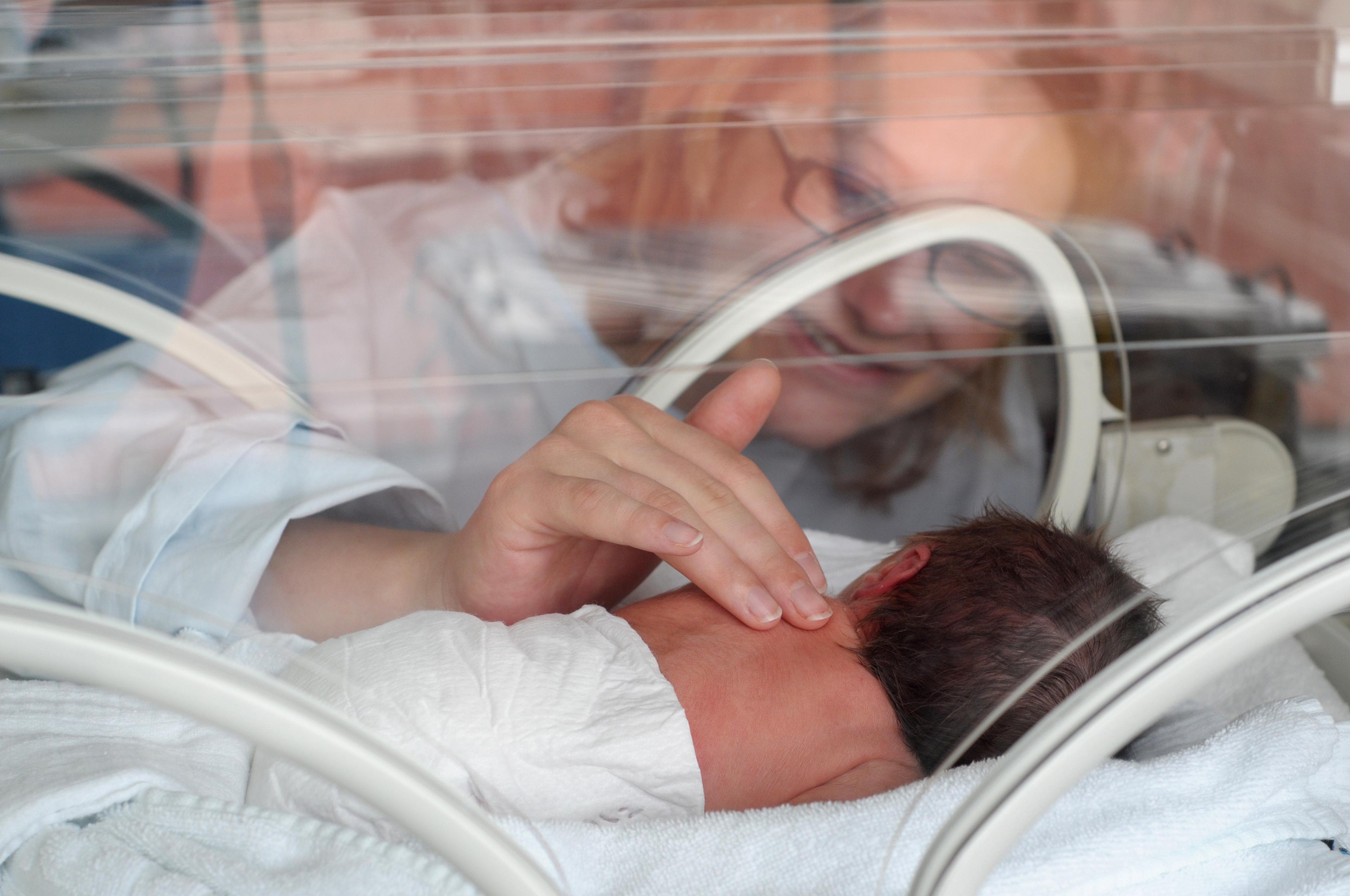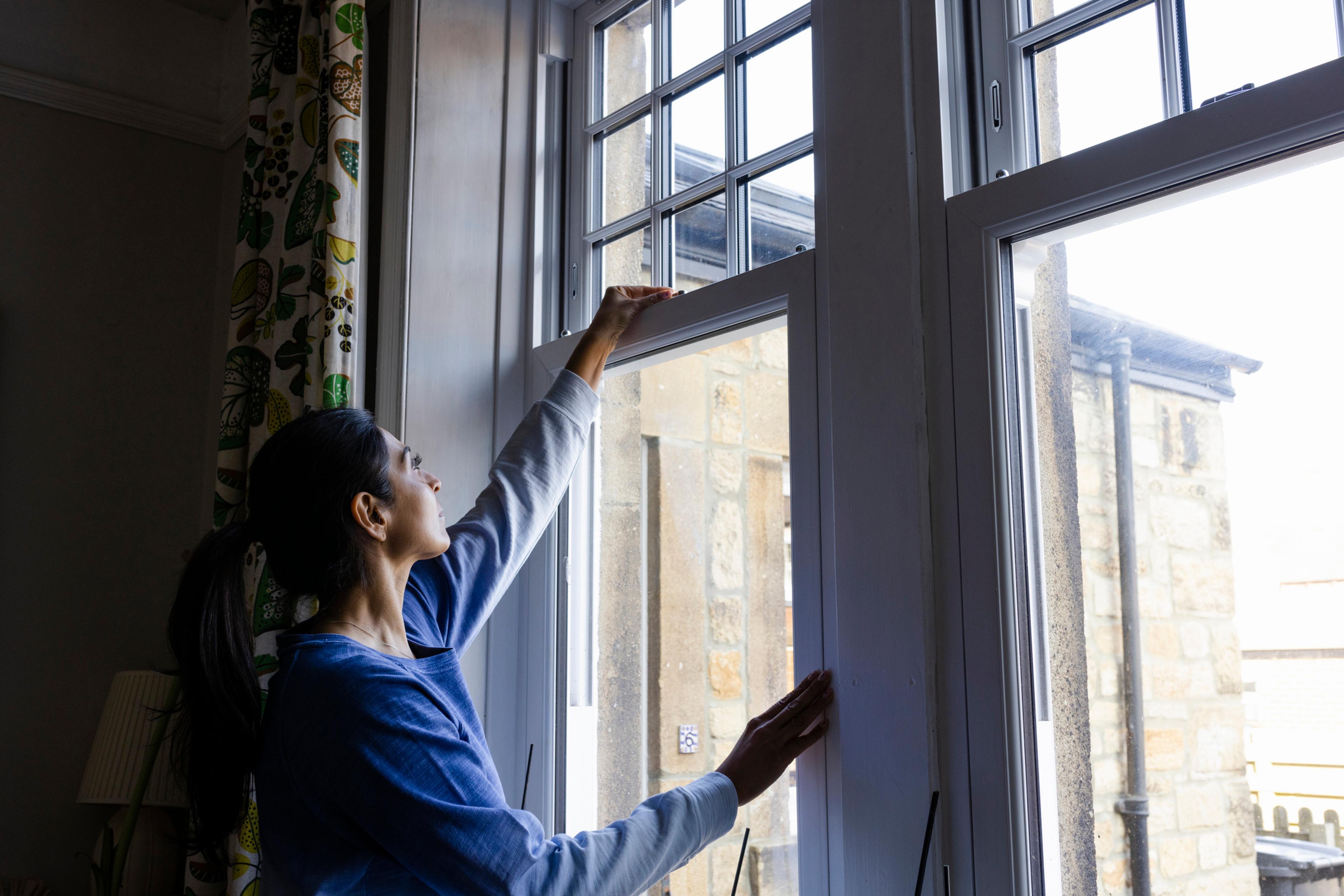5 Tasks to Keep You Injury-Free and Healthy This Winter
| 3 min read

January brings extreme cold and excess snow, and also trips to the doctor or ER emergency room for winter-related injuries. Between shoveling heavy snow, being exposed to harsh elements and driving on treacherous roads, this time of year is full of accidents waiting to happen. The good news is that there are ways to take plan ahead so you can stay safe and healthy this winter. Follow these tips:
- Don’t start your car in an enclosed space: The Centers for Disease Control and Prevention reports that there are 20,000 visits to the emergency room each year and 400 deaths from unintentional carbon monoxide poisoning. Though the frigid temperatures outside may make you want to start your car in the garage to warm it up or use your oven for a little extra heat, both of these can lead to carbon monoxide poisoning, which spikes in January. Carbon monoxide is an odorless, invisible, deadly gas that can be released from furnaces, cars, charcoal grills and propane stoves. Stay safe by installing carbon monoxide detectors in your home, only running your car in an open garage or out in your driveway and not using your oven to heat your home.
- Be smart about snow removal: Just 15 minutes of shoveling snow is considered a moderate amount of physical activity. That’s why removing snow from your walk or driveway can have some unintended consequences, like back injuries or heart attacks. Avoid this with a few tips: Do not lift snow up off the ground (push it off to the side instead), skim off the top layer of snow and then remove the bottom, take breaks every 15 minutes to rehydrate and bring your heart rate down, and use a shovel with an S-shaped handle to minimize effort.
- Don’t place your child in a car seat with a coat on. When it’s snowy or bitterly cold outside, you’ll want your little one to be bundled up. Just make sure to take off your child’s coat before putting him or her in a car seat. The puffiness of a winter coat can result in excess space between your child and the safety belt, which could raise the chances your child gets ejected from the car seat during an accident. When it’s cold out, place a blanket or jacket over the car seat to keep your child warm.
- Stock your car with essentials in case of emergency. Before you hit the roads, make sure your car has plenty of gas and windshield washer fluid. You’ll also want to have a winter emergency kit in the trunk, which should include a blanket, gloves, jumper cables, sand or cat litter, a flashlight and first-aid kit. You’ll also want to stockpile a little bit of food that’s non-perishable and high in energy, like peanut butter or granola bars, and a few water bottles. When driving, remember to leave extra distance between you and the car in front of you in case of slippery road conditions.
- Learn how to properly dress in layers. If you’re going to be outside for an extended period of time, do what you can to prevent frostbite and hypothermia. According to the CDC, a three-layer approach to dressing is smart. That includes an inner layer made of wool, silk or polypropylene to hold in body heat and wick away moisture, an insulation layer containing wool, down, fleece or other natural fibers to trap heat close to your body, and an outer layer that’s water-resistant and tightly woven.





